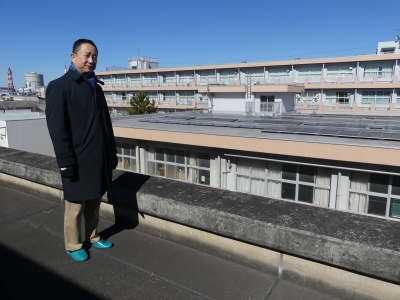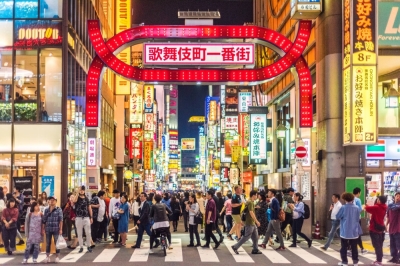It has become a truism of foreign-policy debates nowadays that the world is at the dawn of a multipolar era. Whether such an international order will ever fully emerge is debatable. But the process of “multipolarization” is already under way, as a larger number of states gain the ability to influence global developments.
But a more worrisome aspect of multipolarization is that these ongoing power shifts have been accompanied by deepening polarization within and between countries. Governments’ incompatible visions for the new global order make it harder to compromise and find solutions to shared challenges.
These divisions are evident in the deepening bifurcation between democracies and autocracies, especially in policy fields such as human rights, global infrastructure and development cooperation. Polarization is also visible in new power brokers pursuing their own visions for their respective regions. The Kremlin, for example, is clearly working toward a Russian-led order in Eurasia, while China, buttressed by its Belt and Road initiative, is seeking to establish hegemony over East Asia. Global rules, principles and structures of cooperation are being supplanted by multiple competing and conflicting orders.

















With your current subscription plan you can comment on stories. However, before writing your first comment, please create a display name in the Profile section of your subscriber account page.